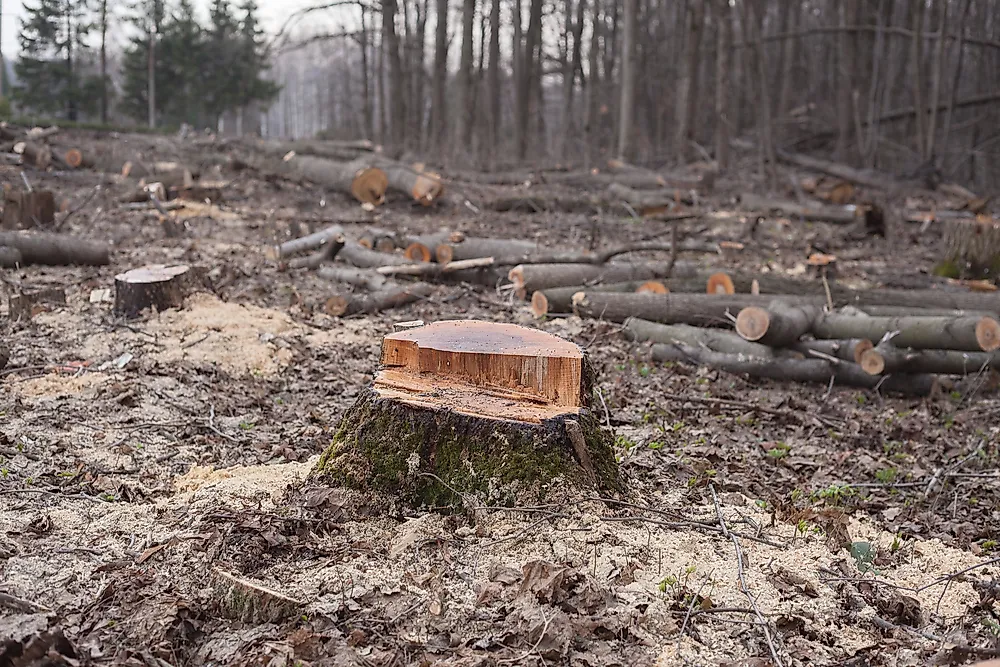What Is Environmental Degradation?

Definition Of Environmental Degradation
Environmental degradation is the deterioration (causing degenerative harm) of the environment through exhaustion of natural assets such as water, soil, and air including the ecosystem, habitat intrusion, wildlife extermination, and environmental pollution. It is an apparent change in the environment deemed undesirable or pernicious. Environmental degradation has captured the attention of the globe and necessary actions and policies have been established to control the state of affairs. An increase in population over the years has led to rapid economic growth through utilization of resource-depleting activities and pollution technology. The general efforts applied to counteract this menace is environmental management and protection.
Causes Of Environmental Degradation
There are multiple ways in which environmental degradation takes place. Pollution is unquestionably one of the primary reasons. There are four leading causes; water, air, land, and noise. Water pollution contaminates drinking water, air pollution pollutes the air we breathe and poses a health risk, while land pollution degrades the earth's surface. Noise pollution causes damage to the ears and impairs hearing.
Overpopulation is most definitely a cause of environmental degradation. Improved healthcare systems have increased the lifespan of human beings hence resulting in overcrowding. An increase in population means a parallel rise in basic needs. That means more land for settlement and farming which results in deforestation, which is a factor leading to environmental degradation. Reduced forest cover results in an elevated level of carbon in the atmosphere and causes global warming.
Land disturbance or damage is another cause since sprouting and spreading of weedy plant species eliminates the typical greenery. Landfills are disposal points for solid waste, especially in urban areas. They pollute the environment and deteriorate the surroundings. Other natural calamities such as earthquakes, storms, tidal waves, and wildfires also play a role in environmental degradation.
Effects Of Environmental Degradation
The deterioration of the environment has led to several adverse impacts. First, humans are at risk of suffering from dangerous health conditions like, for example, asthma and pneumonia due to air pollution. Another adverse effect is the loss of biodiversity. Environmental degradation might also lead to the depletion of the ozone layer which is responsible for protection against ultraviolet rays of the sun. Last but not least, a significant negative impact of environmental degradation is an economic downfall. For instance, a highly deteriorated environment attracts less or no tourists.
In conclusion, the environment is the ultimate reason for the survival of humankind. Several interventions have to be put in place for use by members of the public to protect and sustain the natural environment. Environmental education and policy-making regarding environmental conservation and protection will be useful for natural environment. The world is making impressive strides in trying to minimize damage to the environment although a lot needs to be put into consideration (that is, population growth and urban development).











